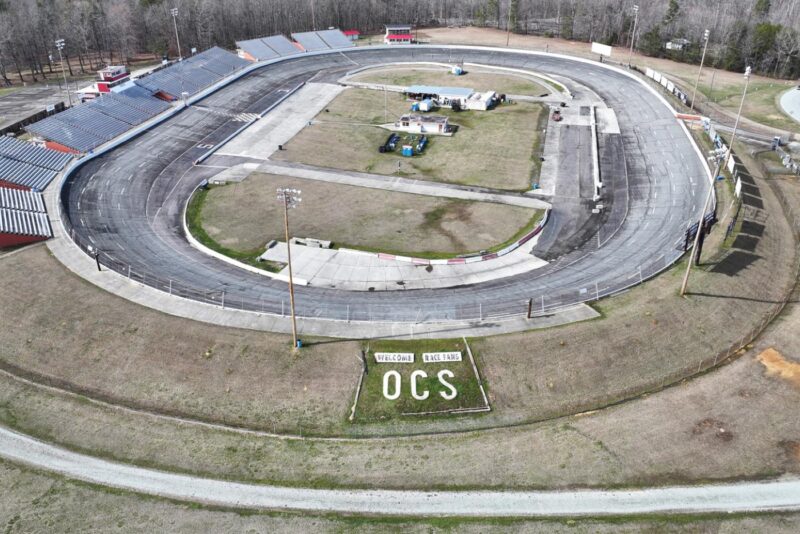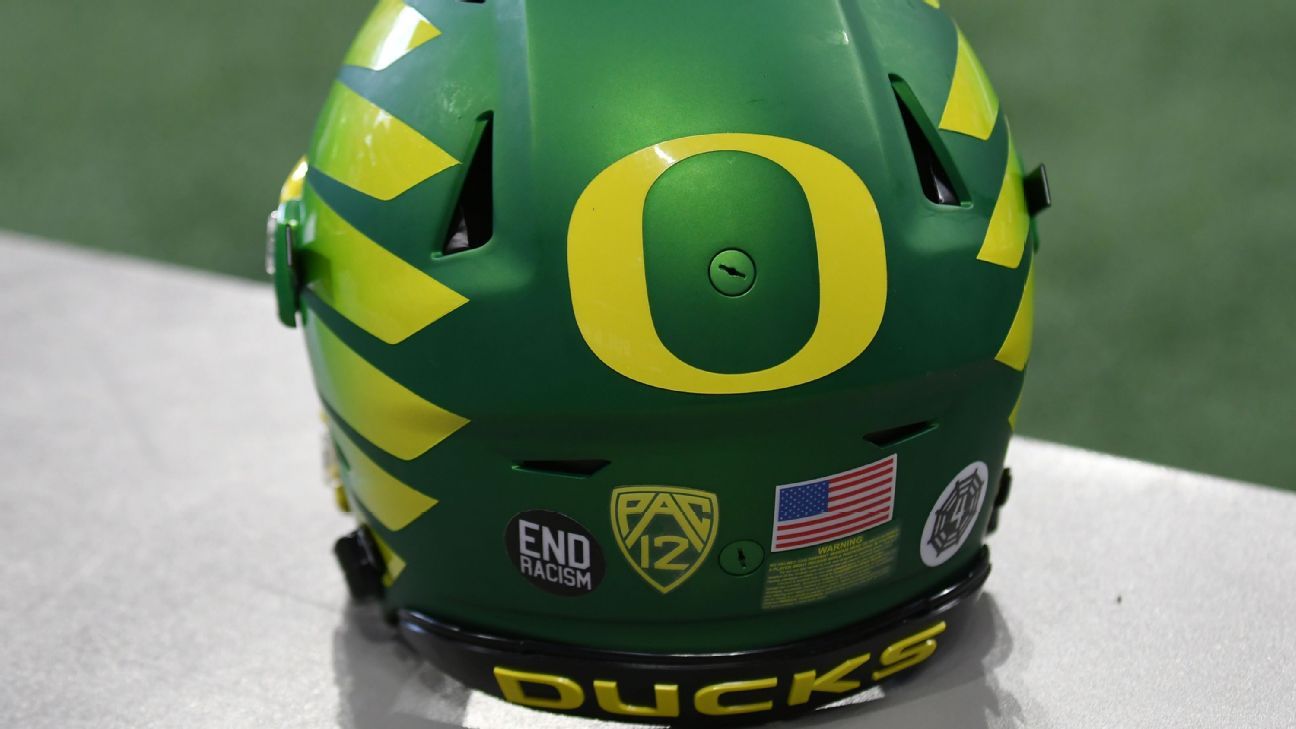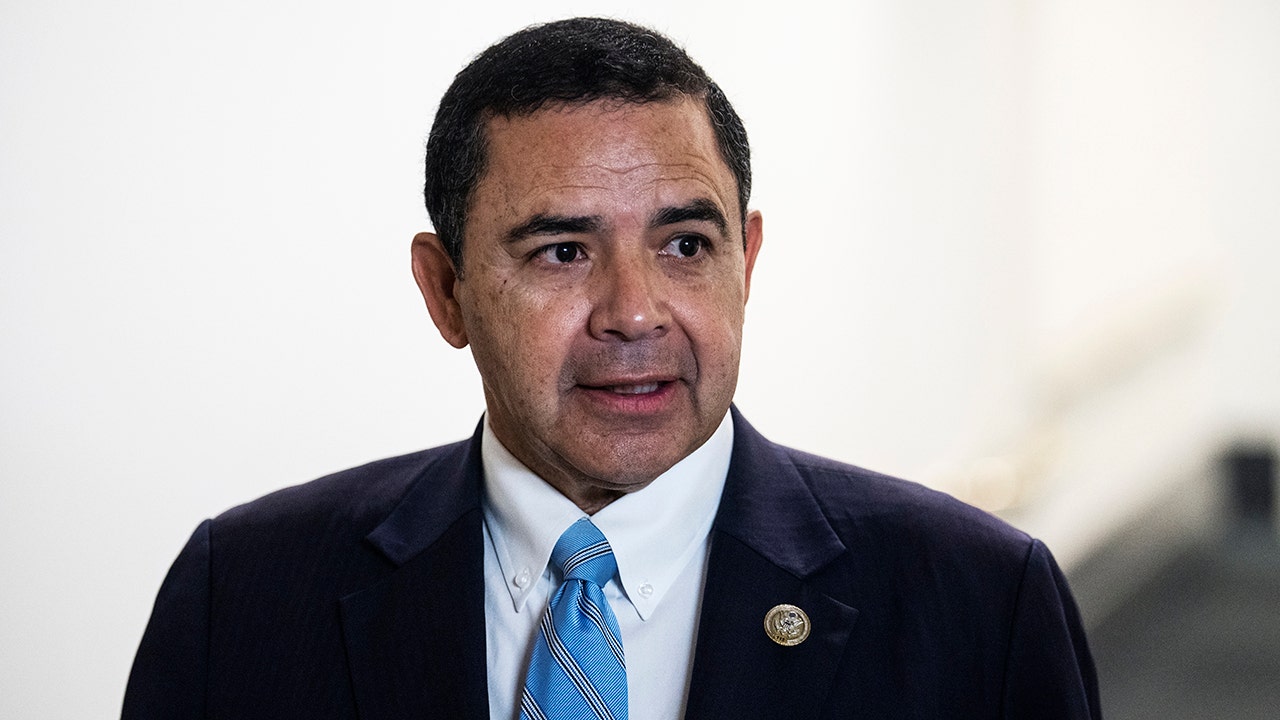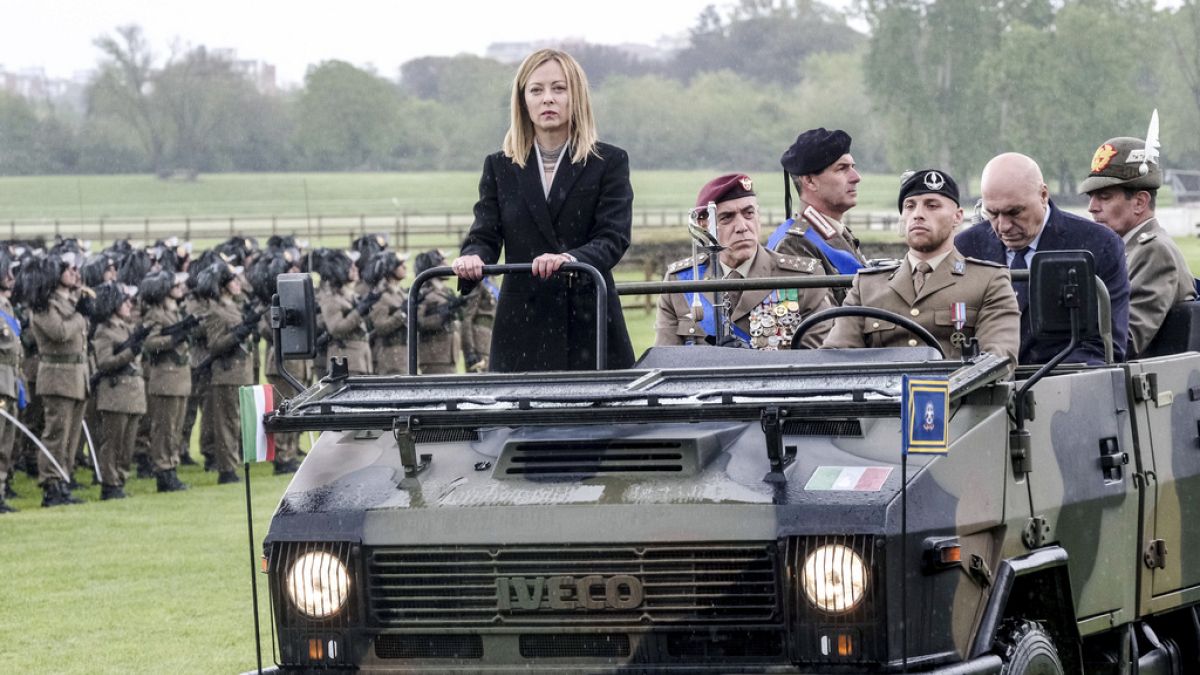Education
Opinion | What Teaching History in Texas Looks Like

Much like in Florida, the fight over public education in Texas has become a lighting rod in the country’s culture wars. Seventh-grade social studies teachers, who teach a full year of Texas state history, are required to describe the defenders of the Alamo in a “heroic” light.
I attended Robert E. Lee Elementary School, in Austin, where I learned history according to what was then the state’s history curriculum. In 2016, the school, which my niece now attends, was renamed Russell Lee Elementary.
The name change meant that people could still call the school “Lee” for short, but rather than honor the confederate general, the name would now pay tribute to a Depression-era photographer best known for documenting the struggles and resilience of Americans during the 1930s and 40s.
After World War II, Russell Lee would settle in Austin and start the photography program at the University of Texas. I now teach in the photography program that Russell Lee brought into being.
I was curious to see how the school had changed since my time there. I was especially interested in one aspect of the Lee curriculum: its “programs,” or plays that students in each grade level perform throughout the year for the rest of the school. Staged for generations and a Lee hallmark, the shows run for roughly 45 minutes, bringing together song, practiced in music class, dance, rehearsed in P.E., and narration, memorized for homework and then recited during the performance.
The programs not only provide a chance for students to perform in front of their fellow students, they engage the schools’ students across subjects and disciplines. “They represent an opportunity for teams to work together and to have students across a grade level embark on a shared goal that’s very tangible,” Caitlin Sileo, the school’s principal, told me.
After a two-year hiatus brought on by the Covid-19 pandemic, the programs returned for the 2022-23 school year. After jumping through some bureaucratic hoops, I received permission to photograph the rehearsals for the Lee programs.
While the Dinosaur Program and Shakespeare Program remained largely unaltered, other changes since I was a student were obvious. When I was in the first grade, I performed in the Thanksgiving Program. That program has been replaced with one centered around Social-Emotional Learning. A new “Her-story” Program for third graders has taken the place of the Hawaii Program. (No one seems to know why, for decades, a bunch of kids in Texas performed a play about Hawaiian statehood.)
And, for now, the school has shelved the fifth grade’s African-American History program. The play was meant to celebrate Black contributions in art, technology and culture, but Principal Sileo wanted to make sure that the majority-white campus honors African-American culture in a conscientious way that doesn’t alienate Black members of the community. Prior to the pandemic, there was talk of reimagining the show as a Black Heroes Program.
“I think it’s really important that we’re mindful about our role and what we’re saying to students,” Ms. Sileo, the principal, said. “As a staff, we are continuing to think and learn and refine. It’s not a destination. It’s a process.”
The programs as a whole are a fascinating opportunity to visualize how rather than being fixed, cultural reproduction and collective identity are performed over and over again. Through performance, we become living embodiments of our past. Or at least, an interpretation of it.
The overall structure of the Texas State History Program remained similar to when I was a student starting in the mid-’90s, with some key changes. I noticed there was added emphasis on the diverse range of people who have lived in the state and region, as well as the achievements of Texans of color. Also the scene depicting the Battle of San Jacinto had been restaged from a gun battle between Texian, as they were called, and Mexican troops, to a depiction of Santa Anna surrendering to Sam Houston. For one of the dance numbers, the song “Cotton-Eyed Joe” had been removed because of its connections to slavery and students now perform the schottische instead.
While working on this project, I’ve often thought about how and when I will talk to my own son about the realities of our country’s history. Is it possible to tell the whole truth without completely scarring him? How can I make him aware of the violence, racism, sexism, discrimination and intolerance that have shaped Texas and the country at large without crushing any sense of hope or optimism that he and I have? Or maybe I just need to trust that, if he learns enough of the noble things that America represents — tolerance, freedom, inclusion — he’ll be able to figure it out for himself.
When the school board decided to rename Lee, they also voted to rename the kindergarten wing of the school after Bettie Mann. Ms. Mann worked at Lee for 37 years, starting as a substitute then transitioning to a full-time kindergarten teacher. She was the school’s first Black educator. Amidst all the renaming, I couldn’t help but think about the question posed in the sixth-grade rendition of “Romeo and Juliet” in the Shakespeare Program: “What’s in a name? That which we call a rose, by any other name would smell as sweet.” In this context, Shakespeare couldn’t be more wrong.
Eli Durst is a fine art photographer based in Austin where he teaches at the University of Texas. His second monograph, The Four Pillars, was released in 2022.
The Times is committed to publishing a diversity of letters to the editor. We’d like to hear what you think about this or any of our articles. Here are some tips. And here’s our email: letters@nytimes.com.
Follow The New York Times Opinion section on Facebook, Twitter (@NYTopinion) and Instagram.

Education
Video: President Biden Addresses Campus Protests

new video loaded: President Biden Addresses Campus Protests
transcript
transcript
President Biden Addresses Campus Protests
President Biden defended the right of demonstrators to protest peacefully, but condemned the “chaos” that has prevailed at many colleges nationwide.
-
Violent protest is not protected. Peaceful protest is. It’s against the law when violence occurs. Destroying property is not a peaceful protest. It’s against the law. Vandalism, trespassing, breaking windows, shutting down campuses, forcing the cancellation of classes and graduations — none of this is a peaceful protest. Threatening people, intimidating people, instilling fear in people is not peaceful protest. It’s against the law. Dissent is essential to democracy, but dissent must never lead to disorder or to denying the rights of others, so students can finish the semester and their college education. There’s the right to protest, but not the right to cause chaos. People have the right to get an education, the right to get a degree, the right to walk across the campus safely without fear of being attacked. But let’s be clear about this as well. There should be no place on any campus — no place in America — for antisemitism or threats of violence against Jewish students. There is no place for hate speech or violence of any kind, whether it’s antisemitism, Islamophobia or discrimination against Arab Americans or Palestinian Americans. It’s simply wrong. There’s no place for racism in America.
Recent episodes in Politics
Education
Where Protesters on U.S. Campuses Have Been Arrested or Detained

Police officers and university administrators have clashed with pro-Palestinian protesters on a growing number of college campuses in recent weeks, arresting students, removing encampments and threatening academic consequences. More than 2,000 people have been arrested or detained on campuses across the country.
Ala.
Alaska Ariz.
Ark.
Calif.
Colo.
Del. Fla.
Ga.
Hawaii
Idaho
Ill. Ind.
Iowa
Kan.
Ky.
La. Maine
Md.
Mass.
Mich.
Minn. Miss.
Mo.
Mont.
Neb.
Nev. N.H.
N.J.
N.M.
N.Y.
N.C. N.D.
Ohio
Okla.
Ore.
Pa. S.C.
S.D.
Tenn.
Texas
Utah Vt.
Va.
Wash.
W.Va.
Wis. Wyo.
Ala. Alaska
Ariz.
Ark.
Calif.
Colo. Del.
Fla.
Ga.
Hawaii
Idaho Ill.
Ind.
Iowa
Kan.
Ky. La.
Maine
Md.
Mass.
Mich. Minn.
Miss.
Mo.
Mont.
Neb. Nev.
N.H.
N.J.
N.M.
N.Y. N.C.
N.D.
Ohio
Okla.
Ore. Pa.
S.C.
S.D.
Tenn.
Texas Utah
Vt.
Va.
Wash.
W.Va. Wis.
Wyo.
Campus protests where arrests and detainments have taken place since April 18
The fresh wave of student activism against the war in Gaza was sparked by the arrests of at least 108 protesters at Columbia University on April 18, after administrators appeared before Congress and promised a crackdown. Since then, tensions between protesters, universities and the police have risen, prompting law enforcement to take action in some of America’s largest cities.
Arizona State University
Tempe, Ariz.
72
Cal Poly Humboldt
Arcata, Calif.
60
Case Western Reserve University
Cleveland, Ohio
20
City College of New York
New York, N.Y.
173
Columbia University
New York, N.Y.
217
Dartmouth College
Hanover, N.H.
90
Emerson College
Boston, Mass.
118
Emory University
Atlanta, Ga.
28
Florida State University
Tallahassee, Fla.
5
Fordham University
New York, N.Y.
15
Education
Video: Johnson Condemns Pro-Palestinian Protests at Columbia University

new video loaded: Johnson Condemns Pro-Palestinian Protests at Columbia University
transcript
transcript
Johnson Condemns Pro-Palestinian Protests at Columbia University
House Speaker Mike Johnson delivered brief remarks at Columbia University on Wednesday, demanding White House action and invoking the possibility of bringing in the National Guard to quell the pro-Palestinian protests. Students interrupted his speech with jeers.
-
“A growing number of students have chanted in support of terrorists. They have chased down Jewish students. They have mocked them and reviled them. They have shouted racial epithets. They have screamed at those who bear the Star of David.” [Crowd chanting] “We can’t hear you.” [clapping] We can’t hear you.” “Enjoy your free speech. My message to the students inside the encampment is get — go back to class and stop the nonsense. My intention is to call President Biden after we leave here and share with him what we have seen with our own two eyes and demand that he take action. There is executive authority that would be appropriate. If this is not contained quickly, and if these threats and intimidation are not stopped, there is an appropriate time for the National Guard. We have to bring order to these campuses. We cannot allow this to happen around the country.”
Recent episodes in U.S. & Politics
-

 News1 week ago
News1 week agoLarry Webb’s deathbed confession solves 2000 cold case murder of Susan and Natasha Carter, 10, whose remains were found hours after he died
-

 World1 week ago
World1 week agoHaiti Prime Minister Ariel Henry resigns, transitional council takes power
-

 News1 week ago
News1 week agoFirst cargo ship passes through new channel since Baltimore bridge collapse
-

 World1 week ago
World1 week agoSpanish PM Pedro Sanchez suspends public duties to 'reflect'
-

 World1 week ago
World1 week agoUS secretly sent long-range ATACMS weapons to Ukraine
-

 News1 week ago
News1 week agoAmerican Airlines passenger alleges discrimination over use of first-class restroom
-

 Movie Reviews1 week ago
Movie Reviews1 week agoHumane (2024) – Movie Review
-

 Education1 week ago
Education1 week agoVideo: Johnson Condemns Pro-Palestinian Protests at Columbia University













